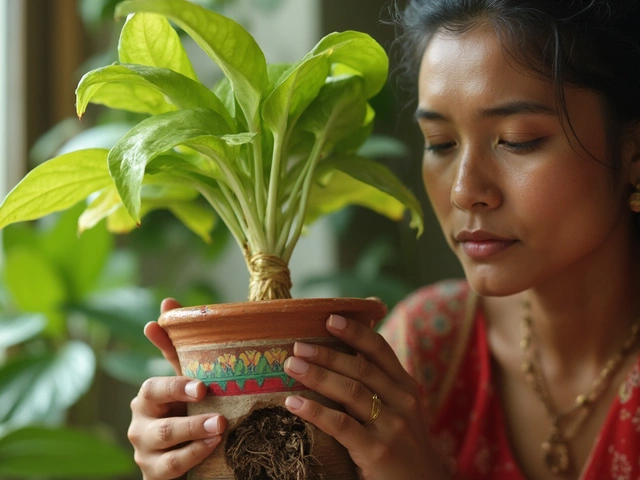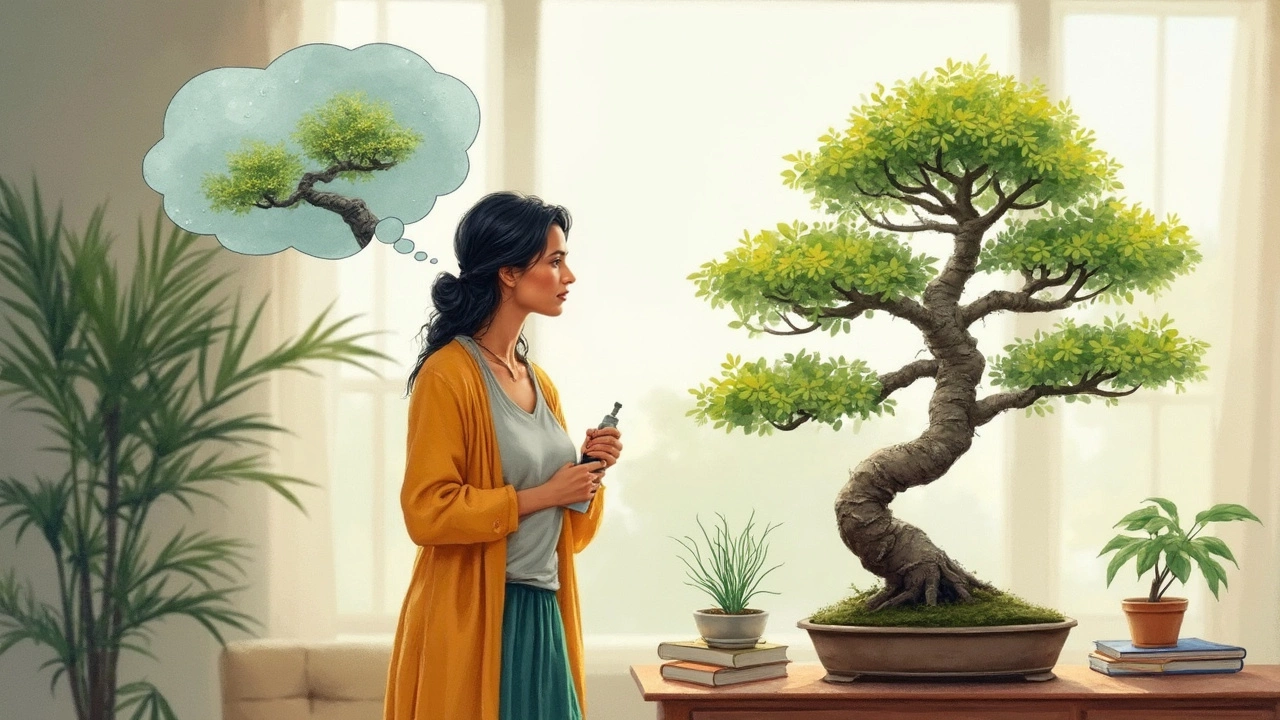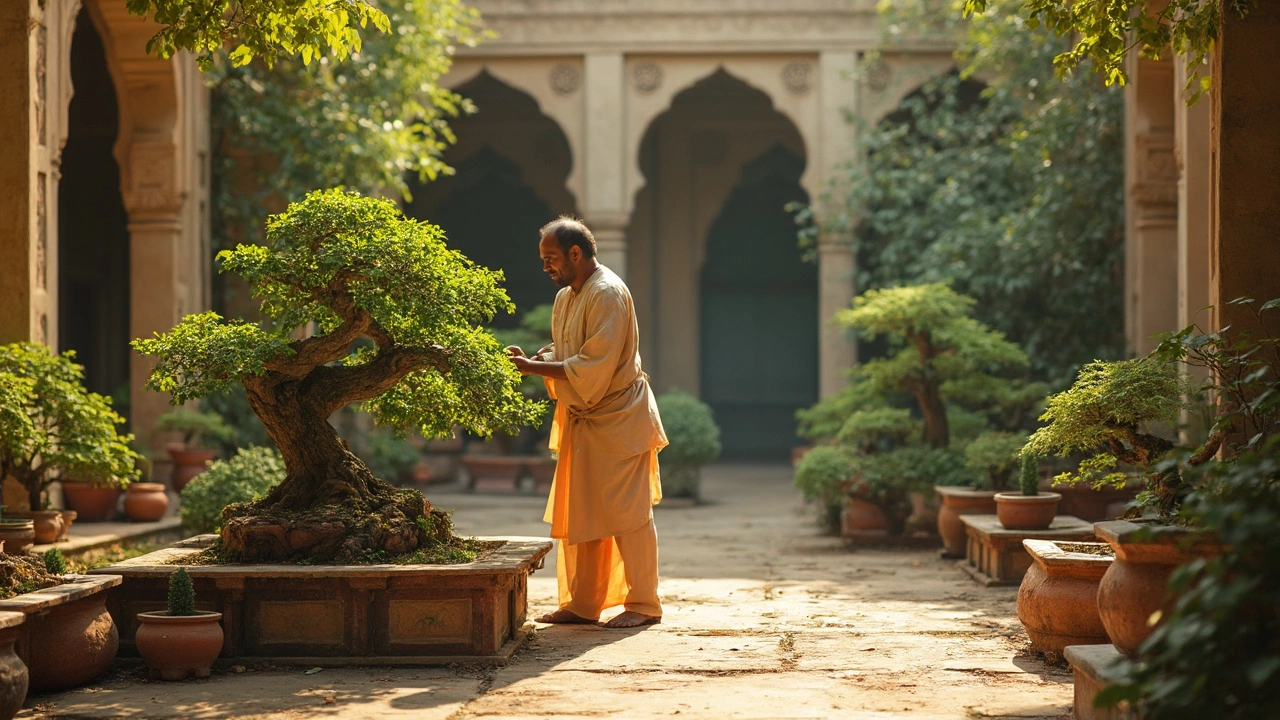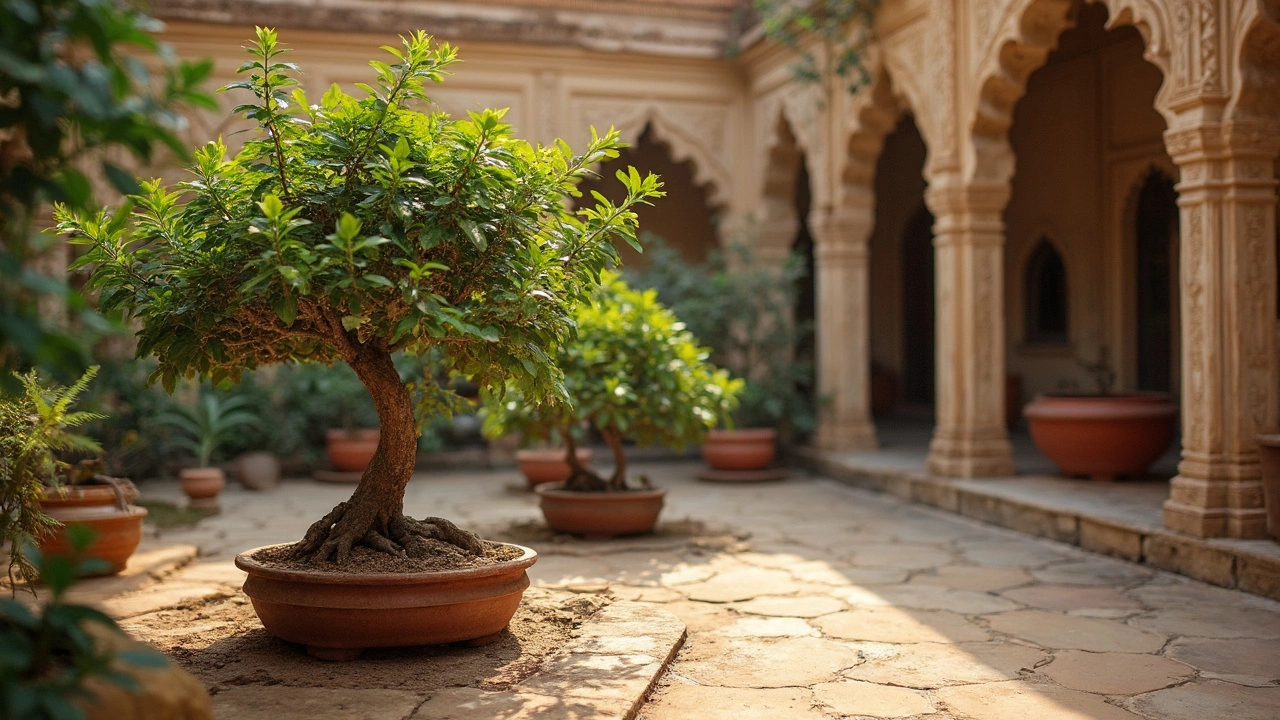Bonsai Tips for Indian Gardeners: Easy Care Tricks to Keep Your Mini Trees Healthy
Ever wonder why some bonsai look lush while others stay dry or leggy? The secret is simple habits that fit India’s climate. Below you’ll find step‑by‑step tips you can start using today, no fancy tools required.
Watering and Light the Right Way
First rule: bonsai love steady moisture but hate soggy roots. In hot Indian summers, check the soil twice a day – if the top 1 cm feels dry, it’s time to water. Use room‑temperature water and pour until it drips out of the drainage holes. In monsoon season, reduce watering; the rain will do most of the work.
Sunlight is another factor. Most bonsai need bright, indirect light. A sunny balcony works great, but direct afternoon rays can scorch tiny leaves. If you notice leaf burn, move the tree to a spot that gets morning sun and afternoon shade. For indoor varieties, a south‑facing window plus a sheer curtain does the trick.
Pruning, Wiring and Seasonal Care
Pruning keeps the shape and encourages new growth. In India, the best time to prune is after the rainy season when the tree is actively growing. Trim back about one‑third of new shoots with clean scissors. Cut just above a leaf node to encourage branching.
Wiring helps you guide branches into the design you want. Use copper or aluminum wire, but never wrap tighter than the branch’s thickness. Leave the wire on for 3‑6 months, then gently remove it before it starts cutting into the bark.
Winter in most Indian regions is mild, but cooler nights can slow growth. Reduce fertiliser during this period and keep the soil slightly drier. When spring arrives, give a light boost of balanced fertilizer to jump‑start new shoots.
Repotting is needed every 2‑3 years for fast‑growing species like ficus or juniper. Early spring, before new buds appear, remove the tree, trim ⅓ of the old roots, and place it in fresh, well‑draining bonsai soil. This refreshes nutrients and prevents root rot.
Pest control is often overlooked. Common culprits in India are aphids, spider mites, and scale insects. A gentle spray of neem oil or soapy water every week keeps them at bay without harming the tree.
Finally, watch the soil mix. Bonsai need a blend that drains quickly yet holds enough moisture. A typical Indian mix is 40% akadama, 30% pumice, and 30% organic compost. Adjust the ratio if you live in a very dry or very humid area.
Putting these tips into practice will make your bonsai look healthier, greener, and more balanced. Remember, bonsai care is about consistency – a little daily attention beats occasional heavy work.
Got a specific problem, like leaf drop or yellow tips? Try adjusting watering frequency first, then check light exposure, and finally look for pests. Most issues fix themselves once the basics are right.
Start with one tree, apply these habits, and watch your confidence grow. Soon you’ll be ready to experiment with wiring, shaping, and even creating a small bonsai collection right at home.
Should I Mist My Bonsai Tree? The Real Deal on Misting Bonsai
Confused about whether to mist your bonsai tree or not? This article breaks down what misting really does, which bonsai trees benefit from it, and common mistakes to avoid. You'll learn practical methods to keep your bonsai healthy without falling for popular myths. Find out when misting helps—and when it can backfire. Get real, down-to-earth advice on day-to-day bonsai care.
What Not to Do with Bonsai: Care Tips to Avoid Pitfalls
Caring for bonsai can be an art, but it's easy to make mistakes that hinder their growth. This article highlights common pitfalls to avoid when nurturing these miniature wonders. From over-watering to improper pruning, learn what actions might harm your bonsai and how to foster a thriving environment instead. Discover straightforward tips for nurturing your bonsai and ensuring their long-term health.
Identifying an Overwatered Bonsai Tree
Is your bonsai looking less than cheerful? Overwatering might be the culprit. Recognizing the signs early can save your miniature tree from a gloomy fate. From yellow leaves to root troubles, this guide walks you through the symptoms and lets you know how to correct your watering habits. Master the balance to ensure your bonsai thrives.
About
Bonsai Care
Latest Posts


Eco Friendly Garden: How to Start One Step-by-Step
By Alden Thorne May 31, 2025

Does Hydrogen Peroxide Help Root Rot? The Real Story for Indoor Plants
By Alden Thorne May 2, 2025

Revitalizing Old Soil: Tips for a Thriving Garden
By Alden Thorne Jan 16, 2025



